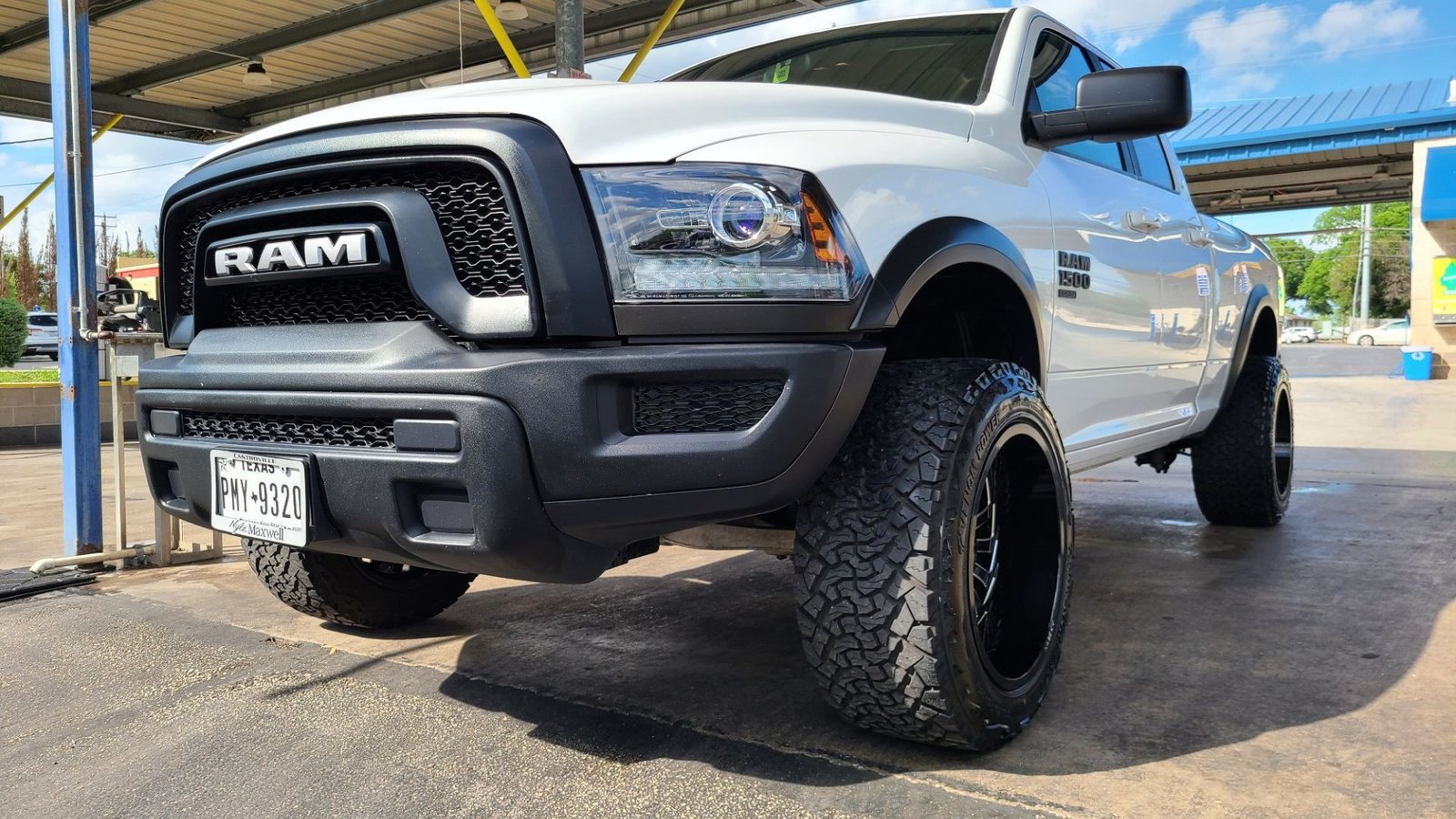Upgrading your wheels can significantly enhance your vehicle’s performance, safety, and aesthetic appeal. Whether you are looking to improve handling, boost performance, or simply refresh your car’s look, understanding how to upgrade your wheels is crucial. This article provides a detailed guide on how to upgrade your wheels effectively, ensuring you make the best choices for your vehicle.
Assess Your Needs Before Upgrading
Determine Your Goals
Before deciding how to upgrade your wheels, it is essential to determine your goals. Are you aiming for better performance, improved handling, or a more stylish appearance? Understanding your priorities will help you select the right type of wheels. For instance, if performance is your primary concern, focus on lightweight and high-strength options. Conversely, if style is your goal, you might consider custom designs that enhance your vehicle’s look.
Check Compatibility
Another critical step in how to upgrade your wheels is ensuring compatibility with your vehicle. Check your vehicle’s specifications, including bolt pattern, offset, and diameter, to ensure that the new wheels will fit properly. Most car manufacturers provide this information in the owner’s manual or on a sticker inside the driver’s door frame. Ensuring compatibility prevents issues with installation and performance.

Choosing the Right Wheels
Consider Material Options
When upgrading your wheels, one of the key decisions involves choosing the right material. Options include alloy, steel, and carbon fiber wheels. Alloy wheels are popular due to their lightweight and high-performance characteristics. Brands like HRE Wheels offer premium alloy wheels that enhance both performance and style. Steel wheels are known for their durability and cost-effectiveness, while carbon fiber wheels provide the ultimate in lightweight performance but come at a higher price.
Evaluate Design and Style
The design and style of your wheels can greatly impact your vehicle’s appearance. Forgeline Wheels is renowned for offering custom designs that cater to various aesthetic preferences. Consider factors such as rim size, spoke pattern, and finish when selecting your wheels. Custom designs can make a significant difference in the overall look of your vehicle, giving it a unique and personalized touch.
Upgrading Your Wheels: The Process
Remove Existing Wheels
To upgrade your wheels, start by removing the existing ones. Begin by loosening the lug nuts while the car is still on the ground. Once the vehicle is raised using a jack, remove the lug nuts completely and take off the old wheels. It is important to ensure that you work in a safe environment and follow proper procedures to avoid any accidents.
Install New Wheels
Next, install your new wheels by positioning them onto the hub and aligning them with the bolt pattern. Secure the wheels by tightening the lug nuts in a crisscross pattern to ensure even pressure. Lower the vehicle back to the ground and perform a final check on the lug nut torque to ensure everything is securely fastened. Alpina Wheels provides detailed installation guides to help with the process.
Perform a Test Drive
After installing the new wheels, take your vehicle for a test drive to ensure proper functionality. Pay attention to any unusual vibrations, noises, or handling issues. If you notice anything abnormal, double-check the installation and make sure the wheels are properly balanced and aligned. Testing ensures that the new wheels perform as expected and that there are no issues affecting your driving experience.
Maintain Your Upgraded Wheels
Regular Cleaning
To keep your upgraded wheels in top condition, regular cleaning is essential. Dirt, brake dust, and road grime can accumulate and affect the performance and appearance of your wheels. Use a mild soap and water solution, and avoid harsh chemicals that may damage the finish. KMC Wheels recommends regular maintenance to preserve the longevity and look of your wheels.
Periodic Inspections
Perform periodic inspections of your upgraded wheels to check for signs of damage, such as cracks or bent rims. Regular inspections help identify potential issues early, ensuring that you address them before they become serious problems. Ensuring that your wheels are in good condition contributes to safe and enjoyable driving.
Conclusion
In conclusion, knowing how to upgrade your wheels involves assessing your needs, choosing the right materials and designs, and following proper installation procedures. By carefully selecting high-quality wheels from reputable brands like HRE Wheels, Forgeline Wheels, and Alpina Wheels, you can enhance your vehicle’s performance, safety, and appearance. Regular maintenance and periodic inspections will help ensure that your upgraded wheels continue to perform at their best.




